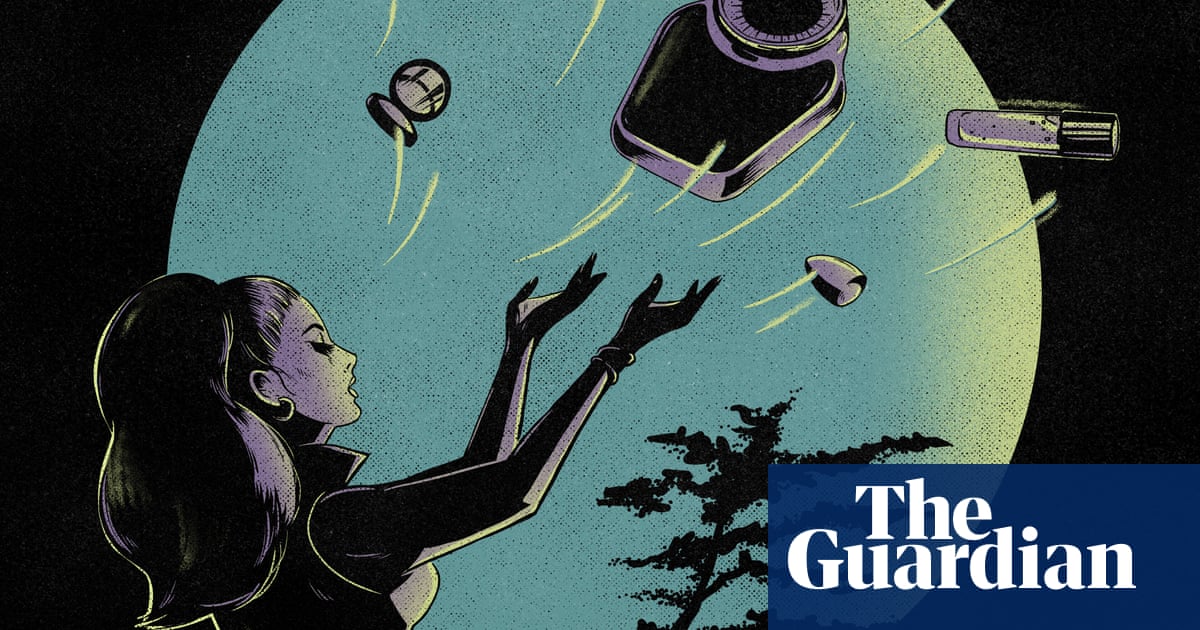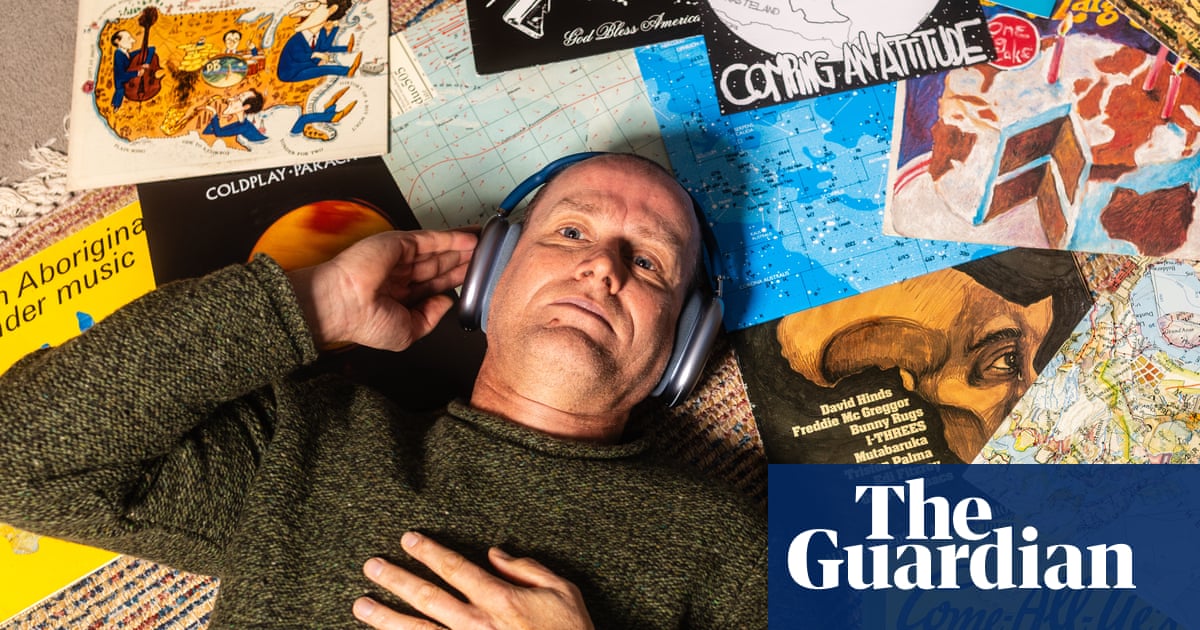As you read this, there will probably be a cup of tea going cold on Veronica Pullen’s kitchen counter. Every time she wants a cup, Pullen makes two, one milkier than the other. She drinks the milkier one (she likes her tea lukewarm) immediately. She lets the other one sit for 40 minutes before drinking it once it has reached optimum temperature. It is an efficiency – albeit a tiny one – that she has been perfecting for two years. A copywriter and online trainer, Pullen, who is 54 and lives on the Isle of Wight with her husband and their chihuahua, says it takes her five minutes to boil a kettle, so she saves five minutes with every other cup. Over 24 hours, that adds up to 20 minutes saved. Across two years? She has clawed back slightly more than 10 full days.
Pullen is just one of many people incorporating microefficiencies into their daily lives. There are people who brush their teeth in the shower; lay out their clothes the night before to save time in the morning; boil hot water for the day first thing and keep it to hand in a flask. But are these small, savvy streamlinings that shave minutes (sometimes, just seconds) off a task merely fun life hacks? Are they a symptom of a snowed-under society? Or are they indicative of an obsession with productivity?
Take Pullen. As well as her conveyor belt of tea, she also saves time by cutting out decision-making when it comes to food. Every day, she has a hard-boiled egg for breakfast and a two-egg omelette for lunch. Then, for dinner, she eats whatever is on her weekly menu – on Wednesdays, for example, it’s Thai chicken curry, and on Saturdays, sirloin steak. As well as this, she has a “pool” of the same clothes, again removing the need to make a decision; and intentionally wears her trainers loose so she can slip them on and off rather than spending time tying and untying her laces. And she doesn’t make her bed: nobody is going to see it, she says.
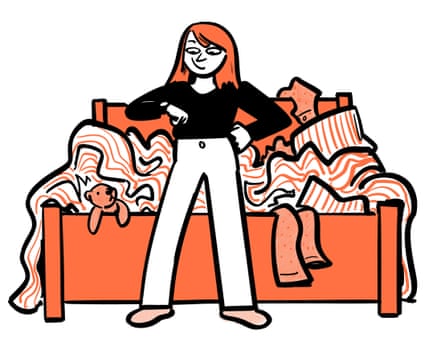
If Pullen can streamline something, she will. “Having more simplicity with these habits in my day-to-day life gives me more capacity and energy to do the things I want to do,” she says. “I prefer not having to keep making micro choices.” Curiously, Pullen’s husband doesn’t follow her efficiencies, especially when it comes to food: often he cooks something different for himself. The only time Pullen relinquishes her microefficiencies is on holiday.
The allure of microefficiencies is unsurprising. After all, so much of our self-worth is tied to output and achievement – at work and at home. You only have to glance at social media to see this writ large. #LifeHack has 11m posts on TikTok and 2.5m on Instagram, while Reddit’s Productivity thread is a steady stream of people talking about how to boost, fine-tune and maximise. Elsewhere, productivity influencers such as Ali Abdaal (1 million followers on Instagram), Casey Major-Bunce (730,000 followers) and James Clear (1.6 million followers) implore us – one life hack and Ted talk at a time – to self-optimise, whether that is by getting up half an hour early to work out or by inflating a paddling pool “within seconds” using a hairdryer. In particular, Clear’s approach, in his bestselling book Atomic Habits, focuses on incorporating incremental changes that add up to a larger transformation, feeding into the idea that even tiny things have a big impact. Is it any wonder that people have become determined not to waste a second on any given task?
Jennifer Babey, 36, from Hampshire has gone one step further than Pullen’s loose trainers: six years ago she replaced her regular shoelaces with elastic ones. “It’s been a gamechanger,” she says. Babey, a business owner, estimates that she saves herself a minute each time she puts on her shoes. “It helps me to make a swift exit out of the house.”
As well as shunning shoelaces, Babey also streamlines breakfast by laying out her cutlery and crockery so it is ready when she gets home from the gym. “Bowl, spoon, knife and chopping board if I plan for fruit, and cereal all on the table,” she says. “Then, when I get home, I can just get the refrigerated stuff out and get on with eating.” While she concedes this doesn’t necessarily save a huge amount of time, it does free up “brain power” she may need to use on other jobs once home. “Present Jenny is always grateful for the little efforts of past Jenny.”
Because efficiency, of course, isn’t just about doing things as quickly as possible but, rather, deploying resources – time, brain power – in the most effective way. Birmingham-based Jude Smith*, 45, who owns 11 spare pairs of glasses, stashes them in places such as her bedside table, her car glove box, her handbag, her church, a friend’s house and even her sister’s house in Germany, so she never has to think about where her specs are. “It is very efficient for mental energy,” says Smith, who works in data protection and lives alone.
Sarah Ingram, a 44-year-old freelance writer from Gloucestershire, keeps a notebook next to her during the work day and writes in it the names of anyone who WhatsApps her so she can reply to them in one go in the evening. Ingram says this method means it takes her five minutes to do what, with the endless distractions that come with picking up a phone, could consume up to 30 minutes of her day.
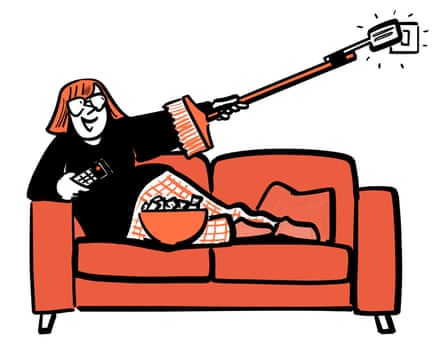
Teacher Caroline Fisher*, 59, from Merseyside has fashioned a special tool from a bamboo pole and masking tape to enable her – to the chagrin of her grandchildren – to switch her living room light on and off from her sofa. This saves her, she says, “three to four minutes walking around the sofa every day”. London-based Polly Arrowsmith, 57, who works in marketing and lives with her dog, cuts down on the time she spends getting ready by mostly wearing dresses, claiming this saves a few minutes every day. “It makes dressing easy,” she says, because she can just slip them over her head.
Not all microefficiencies are welcome, though. Lydia Berman, 47, who lives in Hertfordshire, tells me about the time her dad – efficiency aficionado Geoffrey Shalet, 81, who also Velcros his phone charger to his bedside for quick and easy access – fitted talking bathroom scales as a present for her mum. “He installed them in the bathroom under the lino, so that every time she walked into the bathroom, the scales would say her weight,” says Berman. “He thought it would be practical and time-saving. She thought it was near divorce.” In the end, the scales were removed from the lino and Berman’s mum didn’t speak to her dad for a week.
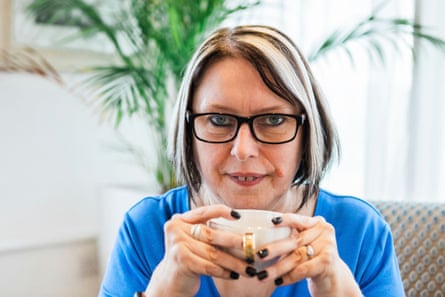
Of course, while all microefficiencies, on the surface, serve the same purpose – to save snippets of time and mental energy – there are many other reasons why they might be incorporated into people’s lives. Pullen, for example, has rheumatoid arthritis and says her hacks help her to conserve physical energy. “I cut out what I term unnecessary effort,” she says. “Routines are soothing.” And, although Shalet – who is retired and now lives alone after his wife died in 2020 – has used microefficiencies all his life, they have recently become even more helpful after a diagnosis of dementia. They have been so helpful, in fact, that the occupational therapist who came to assess his needs left with a collection of his efficiencies to share with other patients, such as writing down the expiry dates of every item in the fridge (including leftovers) on sticky notes, which go on a clipboard in the kitchen. Fisher admits to being “bloody lazy” while Arrowsmith simply likes to spend time doing what she enjoys: visiting her local comedy club.
One can’t help but wonder, though, whether our love of efficiency speaks to how much store we set by productivity. Consultant counselling psychologist Dr Ritika Suk Birah, who has delivered keynote speeches on burnout, high-functioning anxiety and our cultural obsession with output, thinks our fascination with microefficiencies suggests we have internalised an idea that every moment must be maximised. “On the surface, it can look like ambition, but it’s often a sign of burnout creeping in,” she says. “These behaviours are less about choice and more about survival. It can be driven by the belief that slowing down is unsafe or unproductive.”
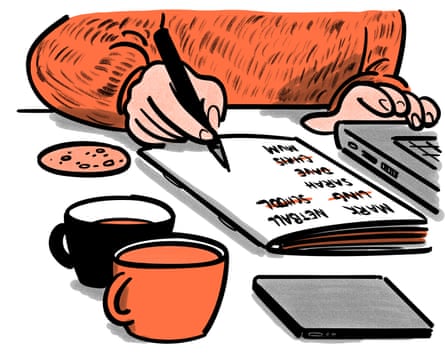
Susie Masterson, a Manchester-based psychotherapist who used to work in the technology sector (including for Google, where productivity was a “persistent theme”), is seeing the impact efficiency obsessions can have on her clients. “I’ve seen the pursuit of microefficiencies trigger OCD tendencies in clients as well as anxiety and depression. Feelings of not being good enough are common.” Microefficiencies, she adds, don’t help us feel less lonely or disconnected, and being productive is not the same as feeling fulfilled.
Babey agrees. “The world is full of so much to be engaged with – podcasts, TV, social media, hobbies – that I think some people are feeling overwhelmed by everything they feel they should be doing,” she says. “I certainly feel I always need to be doing something and being productive.” Smith, too, thinks our busy lives are to blame, saying: “I don’t know whether society really prizes efficiency or if it’s just become a necessity to help people cope with overfull lives.”
It’s true, our lives are full. According to a report by Lloyds TSB Bank, the average adult in the UK feels they have just 23 hours of “genuinely free” time a week (out of a possible 112 waking hours) – and 86% of those surveyed said they wanted more. With so little time, it’s hardly surprising people have resorted to elasticated laces. What, then, can be done?
According to Gabrielle Treanor, author of The 1% Wellness Experiment: Micro-gains to Change Your Life in 10 Minutes a Day, it’s good to ask yourself why you are employing these microefficiencies. She confesses that when she worked in children’s magazine publishing, she swapped from heels to flats at work so she could get across the office faster. “Is it so you can squeeze more time out of your day to get more done, be more productive? Or is it so you can have more time for fun, for relaxing, connecting with loved ones, taking care of your wellbeing?”
Interestingly, the efficiency hackers I spoke to all had one thing in common, and it wasn’t burnout. Every one, without exception, was delighted with the microefficiencies they had developed. And although I suspect these efficiencies are symptomatic of a society that values success and being busy over, say, love or happiness or stability, there is also something undeniably charming about inventive people tinkering creatively, quietly, with the way they do things. Something to think about, perhaps, while that second cup of tea is cooling.
* These names have been changed

 7 hours ago
3
7 hours ago
3
